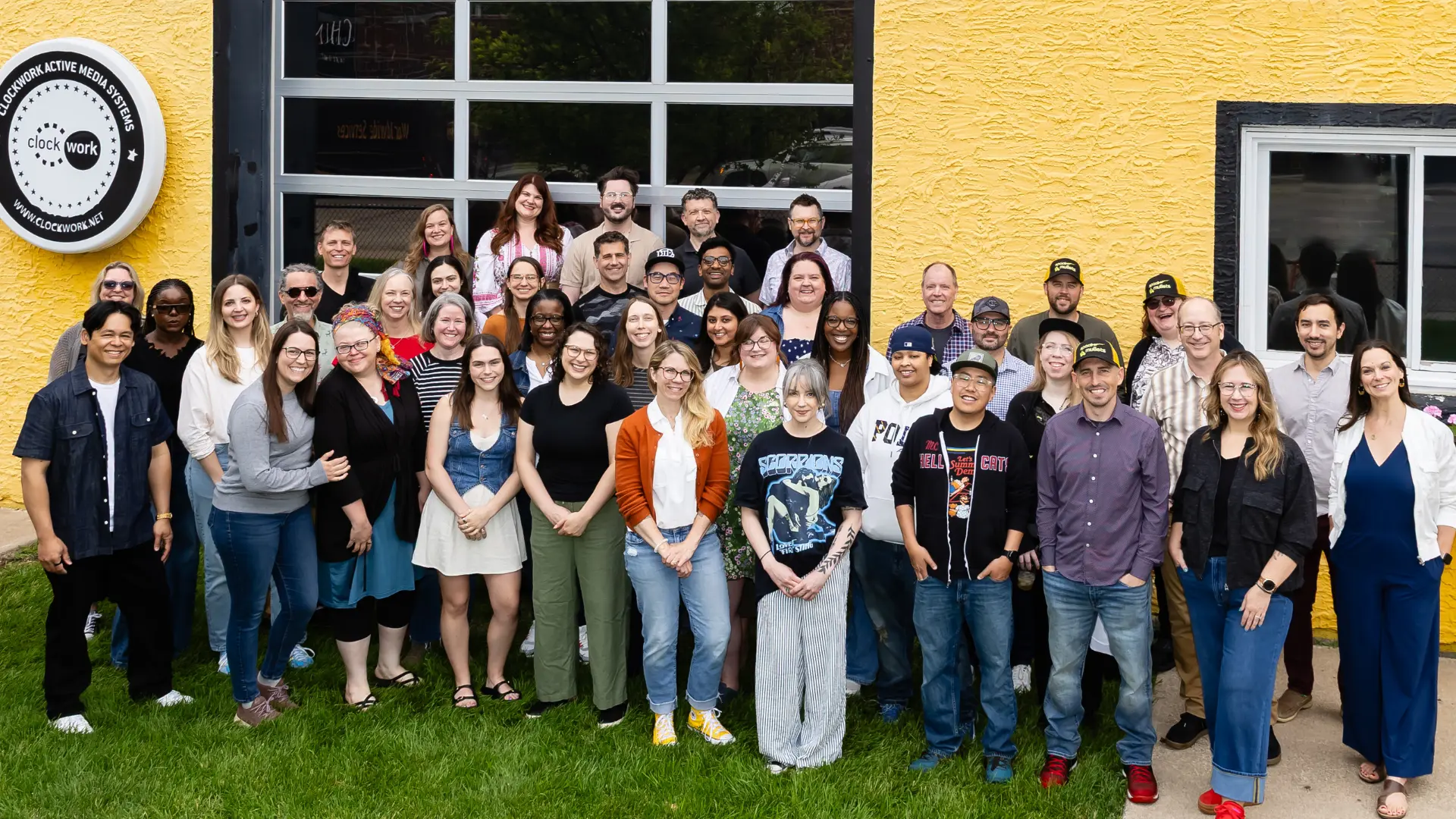In the consulting space, it’s not uncommon to hear requests such as “can you make it more usable?”, “we want to redesign this to be more user-friendly”, or “the design is outdated”. While these are valid and important thoughts to consider, what we often find is that the solution is more than moving things around on the page or updating the design — it’s centered around content. The content is the experience and we have to craft a strategy to support and manage it in order to be successful. But simply crafting the strategy isn’t quite enough. There are a few things you should do to make your content impactful and usable for your organization.
Let’s start by defining what we mean by content. At its simplest, content is what you are saying to or showing your audience. Content could be the text and videos on your website or the information you need to share in a staff meeting. Content strategy is what you do with that content, how you present it to your audience, how often you update it, and who is responsible for maintaining it.
Essentially, content strategy drives the experience that your audience will have while engaging with your site or product. This is supported by design and development, but without laying the content foundation, you’re not able to truly meet your audiences’ needs.
There are plenty of articles about how to create a content strategy, so I won’t add one to the bunch. I will, however, share a couple key actions that will help you get the most out of your content strategy:
Make sure content strategy is in your
strategic plan
We often see “new digital experience” or “digital plan” on strategic plans, I’d recommend including content strategy too. While content will definitely support your objectives and tactics, it’s possible that it should be a tactic on its own. Creating and delivering on a content strategy can be a large undertaking involving auditing what content exists and planning for the future. Oftentimes, we see this work supporting overall business goals and objectives and it is well-served as a project that has staff support, rather than just being an add-on to other initiatives. Including content strategy in your strategic plan shows others within your organization that it’s important.
Consider the content beyond your website
When we think about a customer journey, it often goes beyond just the website experience. It commonly includes other communications, an app, in-person messaging, et cetera. When you are auditing your content, consider whether non-website formats need to be reevaluated. Is the content key to a moment in the customer journey? Then it’s probably best to examine it or reevaluate the goal it has.
Make sure all content has a purpose
When evaluating existing content or creating new content, you should be able to articulate what the goal of each piece is. If it’s not clear, then it may be a candidate for removal. This is a great exercise to do with colleagues, especially the content creators. Oftentimes, when we are close to the work, it can be difficult to step back and assess the purpose and the value. Ask a colleague if it’s clear what the goal is.
Keep in mind your audience and their needs
This might sound like a gimme, but it’s an important reminder. Keeping our ego in check is critical in content strategizing and creation. It’s not about what you want to hear or what is important to your department. It’s about providing information that your audience wants and needs. Test your content with your audience — what’s landing and what’s not quite right?
If you’re creating content in a planful, intentional, and audience-focused way, you’ll also be creating experiences that people want and need. In turn, you’ll see lift in engagement and key performance indicators.
Not sure where to get started with your strategy or experience? We can help!




